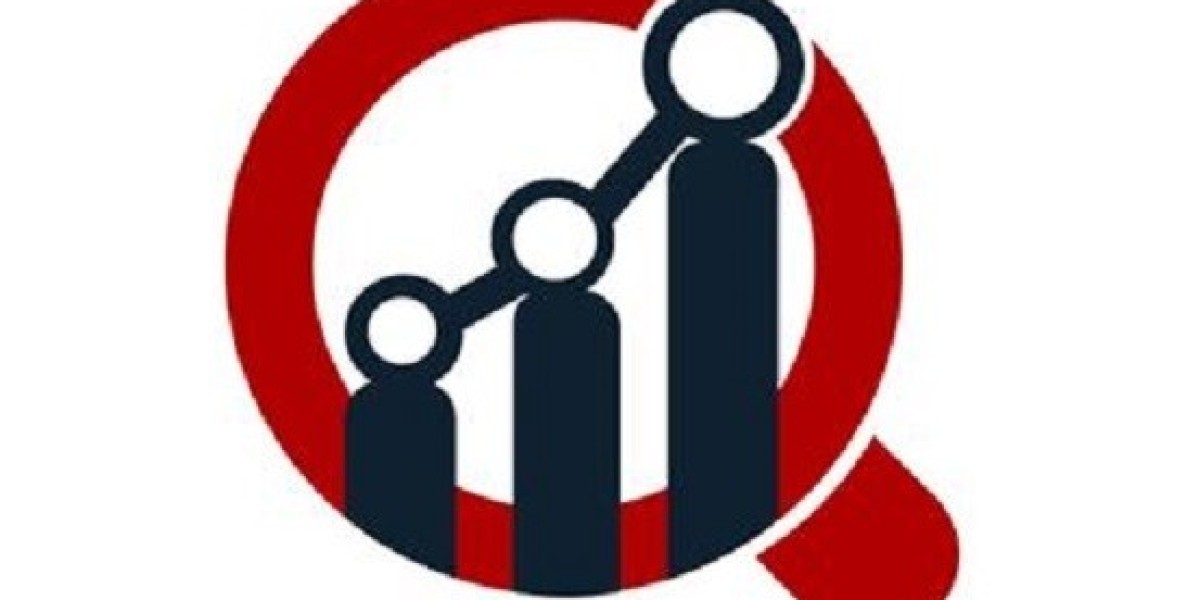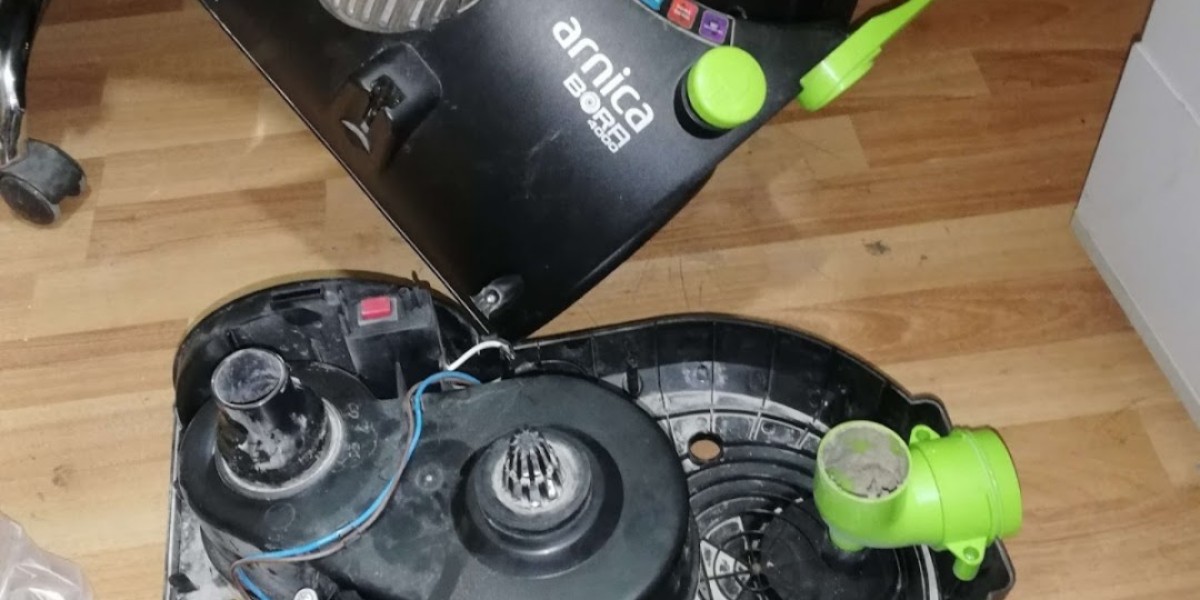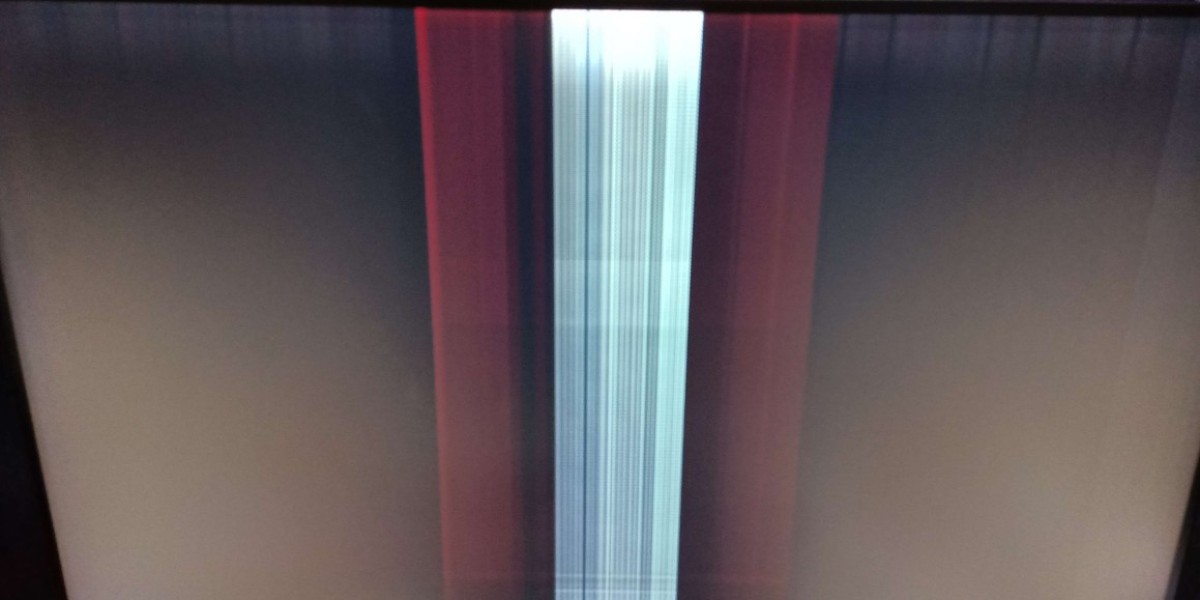Surge in Silent Lifesavers: How Occlusion Devices Are Quietly Transforming Modern Medicine
April 2025 — In a world where flashy medical breakthroughs steal headlines, a quiet but critical technology is making waves behind the scenes — occlusion devices. From preventing strokes to treating aneurysms and heart defects, these precision instruments are becoming the unsung heroes of minimally invasive medicine.
With cardiovascular disease still the world’s leading killer, the demand for safer, faster, and more efficient treatment options is pushing occlusion devices into the spotlight. And according to Market Research Future, the global Occlusion Devices market is on a sharp growth trajectory, expected to continue accelerating through 2030.
What Are Occlusion Devices, and Why Are They So Important?
Occlusion devices are specialized medical tools designed to block or close blood vessels, arteries, or pathways in the body during surgical or interventional procedures. Their purpose is to isolate abnormal areas, stop bleeding, or redirect blood flow — without the need for large incisions or open surgery.
Common types include:
Embolization coils (to block blood flow to aneurysms or tumors)
Balloon occlusion catheters (used during angioplasty or trauma treatment)
Vascular plugs and clips
Left atrial appendage (LAA) closure devices for atrial fibrillation patients
What makes these devices exceptional is that they allow doctors to intervene inside blood vessels with pinpoint accuracy, reducing recovery time and surgical risks.
A Surge in Use Across Medical Fields
Occlusion devices are not just tools for cardiologists. Their usage spans a wide range of specialties, including:
Interventional radiology for managing bleeding or tumors
Neurosurgery to prevent stroke by blocking aneurysms
Gynecology for treating uterine fibroids through uterine artery embolization
Trauma care to control internal bleeding quickly and effectively
As doctors seek less invasive, faster-acting solutions, these devices are becoming standard tools in many operating rooms and cath labs.
What’s Driving the Market Boom?
Several factors are fueling the rapid adoption of occlusion devices:
Rising rates of cardiovascular and neurological diseases: As aging populations grow and lifestyle diseases rise, the need for efficient interventions increases.
Minimally invasive surgery demand: Patients and physicians alike prefer quicker procedures with shorter hospital stays.
Technological advancements: New materials, better delivery systems, and enhanced imaging guidance are making these devices safer and easier to use.
Growing adoption in emerging markets: Countries in Asia-Pacific and Latin America are investing heavily in modern healthcare infrastructure, expanding the market footprint.
According to the Occlusion Devices Market Report, North America currently holds the largest market share, but Asia-Pacific is expected to witness the fastest growth rate in the coming years.
Notable Innovations and Players
Major medical device companies like Medtronic, Boston Scientific, Abbott, and Stryker are all racing to develop next-gen occlusion solutions. Recent innovations include:
Bioabsorbable vascular plugs that naturally dissolve over time
Smart coils with enhanced visualization for better placement
Hybrid occlusion-catheter systems that combine diagnostics and treatment
These developments are helping doctors treat more complex cases with greater precision — and fewer complications.
The Future Is Minimally Invasive
While occlusion devices may not grab headlines like robotic surgery or gene editing, their impact is no less significant. They represent a core shift in how medicine is practiced: less cutting, more healing.
From saving lives during emergency trauma cases to helping stroke survivors avoid a second attack, these tiny devices are quietly revolutionizing care — one vessel at a time.
Final Thought
As the world moves toward minimally invasive, precision-focused healthcare, occlusion devices are proving they’re not just another medical tool — they’re a lifesaving necessity. With demand and innovation rising, these devices are set to become even more integral in tomorrow’s operating rooms.
Explore the full scope of this growing sector in the official Occlusion Devices market report.







